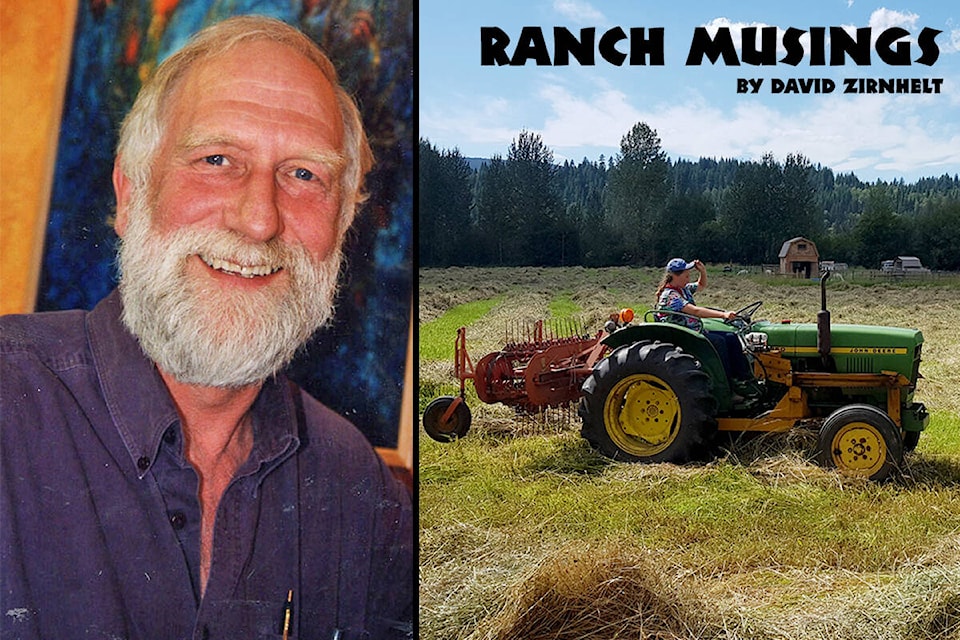One advantage of an early/dry spring is that so much can be done on a ranch/farm before the spring rains and/or an early heat dome or drought. Talk about seeing the upside of down!
I guess challenges like a warming/ drying climate can be turned into opportunities. So here we go: get the garden preparation out of the way before the time for field/pasture renovation arrives; pound those fence posts in the areas proximate to streams (riparian zones) and lakes before the livestock goes looking for those juicy green sprouts and stray where they should not ; get your firewood split for next year; spread manure on the fields and pastures. The list goes on….
Where we live, there are often very wet spells in the spring and so any on farm road work can be done early this year. I can’t wait. I hate mud puddles and watching the short grandchildren peek over the steering wheel at the farm road and not see the puddles which get deeper every time a tire bounces through them. Believe me, our grand kids are all good, careful drivers—just that they are short for now.
If we were on the ball, we would have burned what need to be burned before the fire bans restricted us. Now we will wait for those stick plies to rot which is better for reduced greenhouse emissions. I can actually see the end of solid wood pieces in piles of land clearing debris from 40 years ago. All topsoil now, and the best there is after the feedground and corral cleaning where the soil is created by straw (waste hay) and manure. The straw or bulking material is carbon rich and is broken down by the nitrogen in the manure.
Topsoil is thin is this part of B.C., so we had better conserve it. We can build it faster by cover crops and perennials that activate basic mineral nutrients. Our forest land which has been cleared for agriculture fields created one inch of topsoil in 100 years.
Our best improvements in soil organic matter are on the fields where we feed cattle hay in the winter and on those fields where we pasture cattle by rapidly rotating them so they do not get a second bite of an immature plant which weakens the plant. Second bites too soon uses up stored sugars (plant food) required to regrow after a disturbance such as grazing (thanks to studies over five years by the Thompson Rivers University (Dr, Fraser’s lab).
I guess I am charged up, infected by Spring Fever (Go hard and rest deeply), ready to work and manage in the Hope that Springs Eternal (Alexander Pope, “Essay on Man”) if you nurture it. Happy Spring!
READ MORE: RANCH MUSINGS: Holiday on the Churn, by horseback
